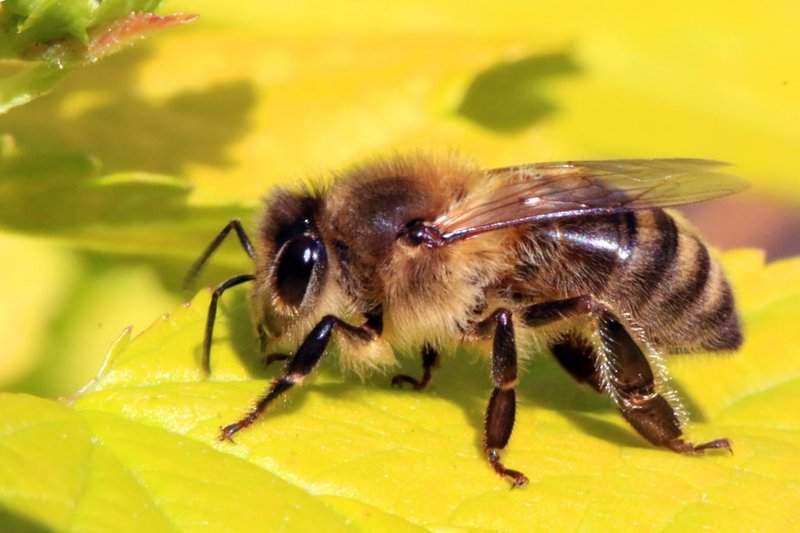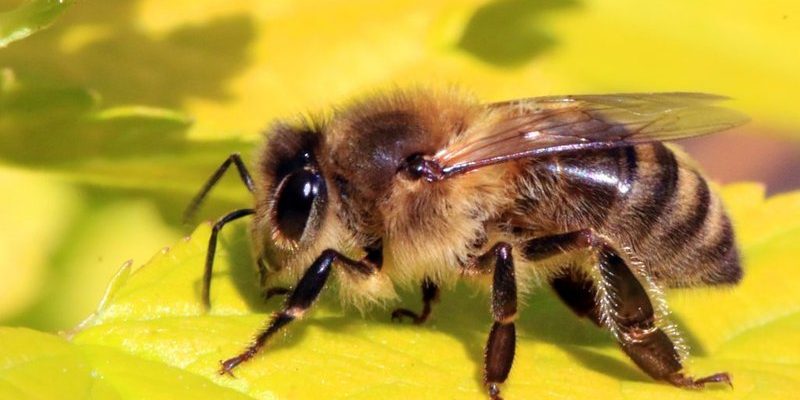
Now, you might be wondering what makes honey bees so interesting beyond their sweet contribution to our diets. Well, there’s a whole hive of intriguing facts about them, spanning their social structure to their unique abilities. Let’s dive into the wonderful world of honey bees and explore what makes them truly remarkable.
The Social Structure of a Colony
Honey bee colonies are like bustling cities, complete with a hierarchy and a division of labor. Each bee has its role, ranging from workers, drones, to the queen. The queen bee is the heart of the hive, responsible for laying eggs and maintaining the hive’s population. She can lay up to 2,000 eggs a day! Talk about a busy bee!
Worker bees, on the other hand, do all sorts of jobs. They clean the hive, feed the queen and her offspring, forage for nectar and pollen, and even protect the colony from threats. These worker bees are females, and they have a lifespan of about six weeks during the busy summer months. Meanwhile, male bees, known as drones, have one primary function: to mate with a queen. After doing their job, they don’t stick around. Drones are expelled from the hive as winter approaches since they don’t contribute to hive maintenance.
Can you imagine living in such a tightly-knit community? Honey bees communicate through dance and pheromones, sharing information about food sources and hive safety. It’s truly remarkable how these tiny creatures have built such a complex and efficient social structure.
The Magic of Honey Production
Honey is far more than just a sweet treat; it’s a product of teamwork and clever chemistry. When worker bees forage for nectar, they collect it in a special stomach called the “honey stomach.” Once they return to the hive, they pass the nectar to other worker bees through a process called trophallaxis, which helps to break down the sugars.
Once the nectar is inside the hive, bees fan their wings to evaporate the water content, thickening the mixture into honey. That’s right! The next time you enjoy a spoonful of honey, think about the dance and teamwork that went into creating it. Honey can vary in flavor and color depending on the flowers the bees visit, adding an extra layer of uniqueness to this delicious substance.
And let’s not forget, honey has exceptional properties. With its natural preservatives and antibacterial qualities, it can last for thousands of years! Archaeologists even found pots of honey in ancient Egyptian tombs that were still edible. Now that’s impressive!
When it comes to the environment, honey bees are often referred to as the unsung heroes. They play a critical role in pollination, which is essential for the growth of many plants. Around one-third of the food we eat relies on pollination. This includes fruits, vegetables, nuts, and grains. Without honey bees, many crops would yield significantly less, leading to food shortages.
Pollination works like this: as bees visit flowers to collect nectar, pollen sticks to their bodies and is transferred to other flowers. This process helps plants reproduce, leading to the growth of seeds and fruits. It’s a win-win situation for both the bees and the plants!
Many plants have even evolved to attract bees. They might have certain colors, scents, or shapes that appeal particularly to these pollinators. Let’s think of it as a beautiful partnership where bees get food, and plants get to reproduce.
Honey Bee Communication
Honey bees have a fascinating way of communicating, and it’s not through buzz or chirps. Rather, they employ a unique dance language! The waggle dance is one of the most famous forms of bee communication. When a worker bee finds a good source of nectar, she performs a waggling dance in the hive.
The direction of her movements indicates the location of the food relative to the sun, while the duration of the dance tells other bees how far away it is. Isn’t that wild? This dance allows the rest of the colony to efficiently gather food, making sure no time is wasted.
Bees also use pheromones—chemical signals that convey messages to each other. For example, when a hive is threatened, the queen releases alarm pheromones that prompt the worker bees to defend their home. It’s like an all-hands-on-deck alert, showing how incredibly connected they are.
The Lifespan of Honey Bees
The lifespan of honey bees varies greatly depending on their role. Worker bees generally live around six weeks during the bustling summer, while those born in the fall can survive until spring. Why such a difference? It’s all about the seasons. Winter bees are larger and have more fat bodies, which help them withstand colder months and sustain the hive.
Drones, on the other hand, deck out their short lives with a specific purpose. They live about eight weeks, solely focusing on mating and then being kicked out. The queen bee, however, reigns supreme with a lifespan of up to five years. That’s quite the royal privilege!
This variance in lifespan showcases the different pressures and duties each bee faces within the colony. It’s astonishing how nature has designed these creatures to fulfill specific roles to ensure the survival of the colony as a whole.
The Threats Facing Honey Bees
Unfortunately, honey bees face numerous threats today. One of the major concerns is colony collapse disorder (CCD), where worker bees mysteriously disappear, leading to the hive’s downfall. Several factors contribute to this phenomenon, including habitat loss, pesticide exposure, and diseases.
Pesticides, particularly neonicotinoids, have been linked to the decline of bee populations. These chemicals can affect a bee’s ability to forage, navigate, and reproduce. Other issues like climate change also impact their food sources and habitat.
So, what can we do to help? Supporting local beekeepers, planting bee-friendly flowers, and reducing pesticide use can make a big difference. By working together, we can create a more supportive environment for these essential pollinators.
Why Honey Bees Matter
Honey bees are more than just cute insects buzzing around our gardens—they are vital to our ecosystem and food production. They contribute significantly to biodiversity and the health of our planet. By pollinating crops, they help to produce the food we consume daily and support the livelihood of farmers.
Understanding the importance of honey bees can inspire us to take action, whether it’s advocating for sustainable practices, supporting local beekeepers, or planting flowers that attract these pollinators.
In a world where their populations are declining, every small effort counts. So, the next time you enjoy a drop of honey or bite into a juicy fruit, remember the busy honey bees that made it all possible.
Honey bees may be tiny creatures, but their ingenuity and impact are enormous. By learning about them and advocating for their well-being, we help secure a healthier planet for future generations. Let’s cherish and protect these remarkable pollinators together!

